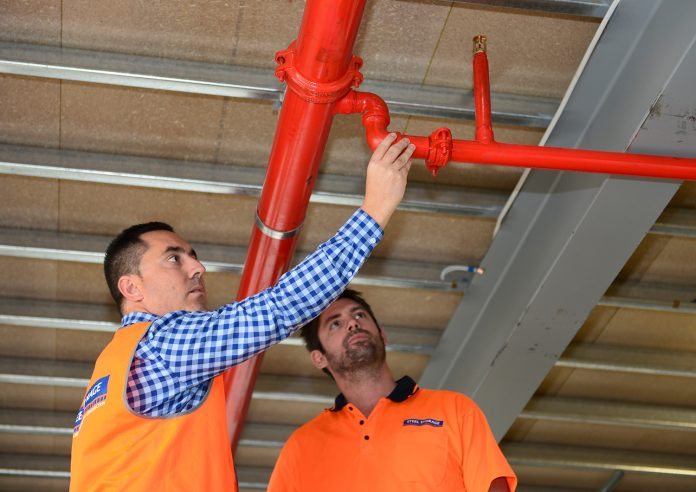The old Boy Scout motto was ‘be prepared’ and it’s a good philosophy for any would-be Self Storage developer too.
In fact, if you’re thinking about a Self Storage development, that motto could be extended to ‘be prepared for anything’! That way, you will do your homework properly and not make any expensive mistakes.
One of the most important aspects you should be prepared for is paying close attention to the building guidelines for the area you are considering as the location for your Self Storage development.
Dealing with councils can be frustrating but checking zoning properly will pay off. First step is to check if your local council has specific zoning regulations for Self Storage facilities.
If you are using a Self Storage expert to help with your development, they will know the answer, and it will certainly short-cut the approval process if you design a facility to meet the regulations.
But it’s not just industry-specific rules that may affect you. There can be general regulations that any commercial development must abide by such as constraints on flood-prone land, or extra drainage precautions to deal with that possibility.
Other issues might be guidelines governing how many parking spaces you need to provide, or how close you can build to the boundary, limitations on the number of Self Storage facilities in any one area, how wide the driveways must be or even how many individual buildings may be allowed on that particular site.
There may also be restrictions on hazardous materials or property security, or other such rules that might impact on how you will run your business, or the type of customers you can welcome, or will need to turn away. As the owner, ultimately you have to be the expert, so you need all the answers – and you probably need to prove to the council that you have done your homework.
It’s important to sort out all of these issues even before you start designing the building because modifying plans can delay your build, and be very expensive – even more so if there are extra zoning requirements you hadn’t planned for, such as specialist drainage provisions, because that will reduce the footprint of your actual facility.
You could, of course, buy more land if there is any available – again, an expensive option – or you might have to face the possibility of building a smaller facility than you had planned. However that could mean a lower return on your investment, because the result could be fewer units for customers to rent.
It makes sense to develop a relationship with the relevant people in the council before you start, so you can draw on their advice and expertise. You’re also more likely to have their confidence and support if they know you are keen to know exactly what you need to do and are not trying to cut corners.
Once your plans start to take shape, make time for another meeting, just to make sure everything is on track and you haven’t missed anything. Then, when you know you have ticked every box, you can get into serious planning mode so your final plans are likely to sail through the approval process.
Being prepared early on can minimise costs and disappointments in the longer term. Learn about all the zoning rules, have answers for any hiccups or objections there might be and your Self Storage facility could be up and running sooner than you think.







